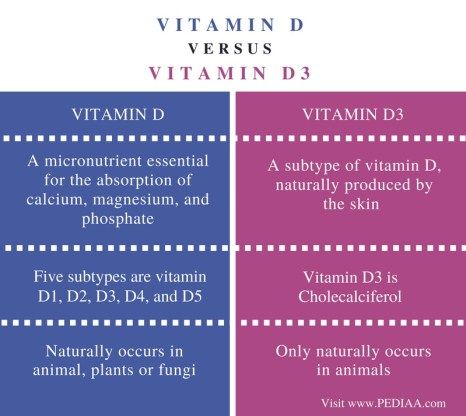The connection between vitamin D and women’s eye health

In today’s tech-driven world, women are often exposed to extended periods of screen time due to their work or personal activities. This increased usage of digital devices, such as computers, smartphones, and tablets, can have a significant impact on eye health.
The Importance of Vitamin D
One crucial aspect that many women overlook when it comes to their overall well-being, including eye health, is maintaining adequate levels of Vitamin D. This essential nutrient plays a vital role in various bodily functions, including promoting strong bones, supporting the immune system, and aiding in the absorption of calcium.
Recent research has suggested a potential link between Vitamin D deficiency and various eye-related conditions, such as dry eye syndrome, macular degeneration, and even vision loss. While more studies are needed to establish a definitive connection, it is essential for women to understand the potential impact of Vitamin D on their eye health.
Vitamin D and Dry Eye Syndrome
Dry eye syndrome is a common condition characterized by inadequate tear production or excessive tear evaporation, leading to discomfort, redness, and blurred vision. Studies have indicated that Vitamin D might play a role in reducing the risk of developing dry eye syndrome or alleviating its symptoms.
It is believed that Vitamin D possesses anti-inflammatory properties that can help regulate the tear film and improve tear production. Additionally, maintaining optimal levels of Vitamin D may promote overall ocular surface health and minimize the discomfort associated with dry eyes.
Vitamin D and Macular Degeneration
Age-related macular degeneration (AMD) is a leading cause of vision loss among individuals over the age of 50. The condition affects the macula, the part of the eye responsible for central vision, leading to blurred or distorted vision.
Emerging evidence suggests that Vitamin D may offer some protective benefits against the development and progression of AMD. Vitamin D’s antioxidant and anti-inflammatory properties have been shown to potentially reduce the risk of advanced AMD.
Ensuring Optimal Vitamin D Levels
Now that the potential connection between Vitamin D and women’s eye health is evident, it becomes essential to take measures to maintain optimal levels of this nutrient.
Exposure to sunlight is a natural way for the body to produce Vitamin D. It is recommended to spend some time outdoors, especially during the sun’s peak hours. However, it’s important to protect the eyes from harmful ultraviolet (UV) rays by wearing sunglasses that block 100% of UVA and UVB rays.
Furthermore, incorporating Vitamin D-rich foods into the diet, such as fatty fish (salmon, mackerel), fortified dairy products, and egg yolks, can help boost Vitamin D levels. In case of deficiency, supplements can be taken as per a healthcare professional’s guidance.
Conclusion
Vitamin D plays a crucial role in many aspects of women’s health, including eye health. While research is ongoing, evidence suggests that maintaining adequate levels of Vitamin D may help reduce the risk of eye conditions such as dry eye syndrome and macular degeneration.
By prioritizing outdoor activities, protecting the eyes from harmful UV rays, and incorporating Vitamin D-rich foods or supplements into their diet, women can contribute to maintaining their eye health and overall well-being in today’s tech-centric world.





